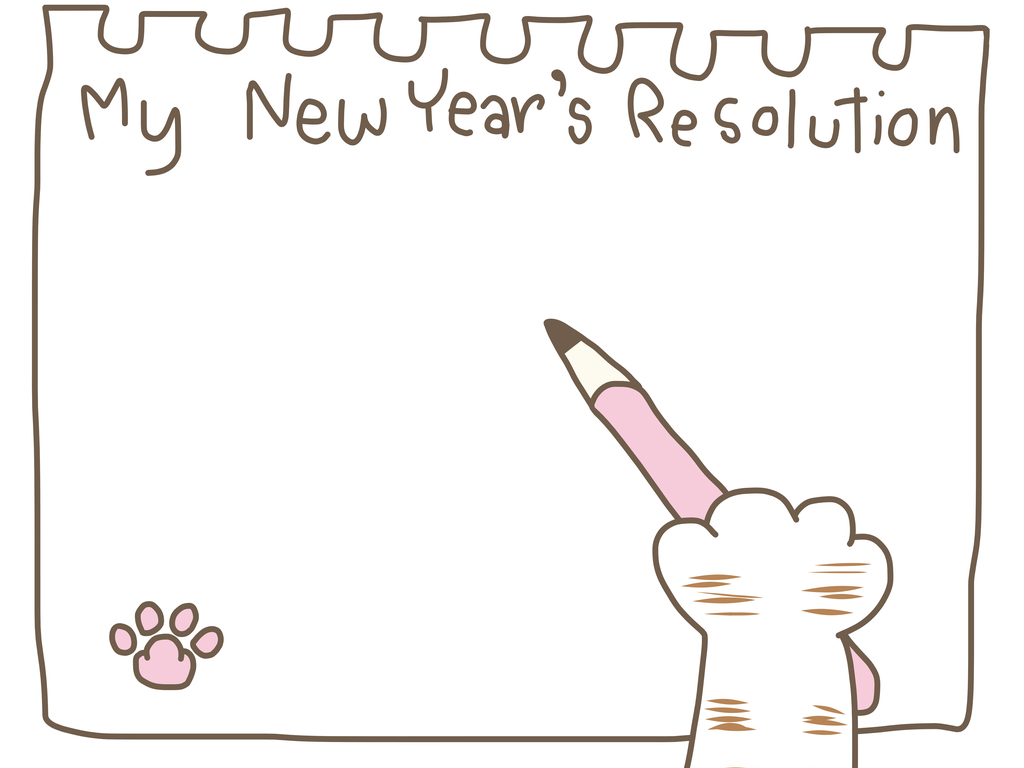Following the theme from earlier this week, here’s a list that was drafted in an anonymous vet clinic: New Years Resolutions for nurses, written by the vets and receptionists in their own team.
Bearing in mind that there’s an element of personal specificity in such lists, do any of these ring true for your clinic? And are there other resolutions that you’d like to add?
Label all blood and urine samples as they are taken, and do not leave them in your pocket or lying around
Review laboratory routine – write in the lab book when you send off samples, and ensure that old samples are discarded after 48 hours.
Review the pre-medication routine – talk to vets to ensure that rationale for analgesia being given before operation starts is understood by all, and that duration of effect, and therefore need for topping up, is also understood by all.
Review cleaning routines in designated nurse-cleaned areas.
If you have a moment free, offer to give the receptionists a short break from time to time.
Nurse on evening duty - try to help out with at reception as much as possible and leave cleaning kennels until nearer the end of the clinic.
If the phone ever rings more than three times, help reception by answering the phone wherever you are. There could be someone at the end of the line with an urgent animal crisis (such as a seizuring pet) and they may need immediate help.
If you are on insurance claims roster, make sure that all forms are promptly processed, and ask for extra help if a backlog is developing.
Make sure that all signs in the clinic are laminated and new-looking.
If you ever talk to a client on the phone, enter a record of conversation on their computer file.
I need to stress that these resolutions were created as an exercise by a good humoured team as part of one particular practice’s aim to work together in a more effective way. Read the final blog post of this series to find out why this idea may, in fact, be a bad idea for many busy clinics, and to learn about other, better ways for teams to work together to improve.


